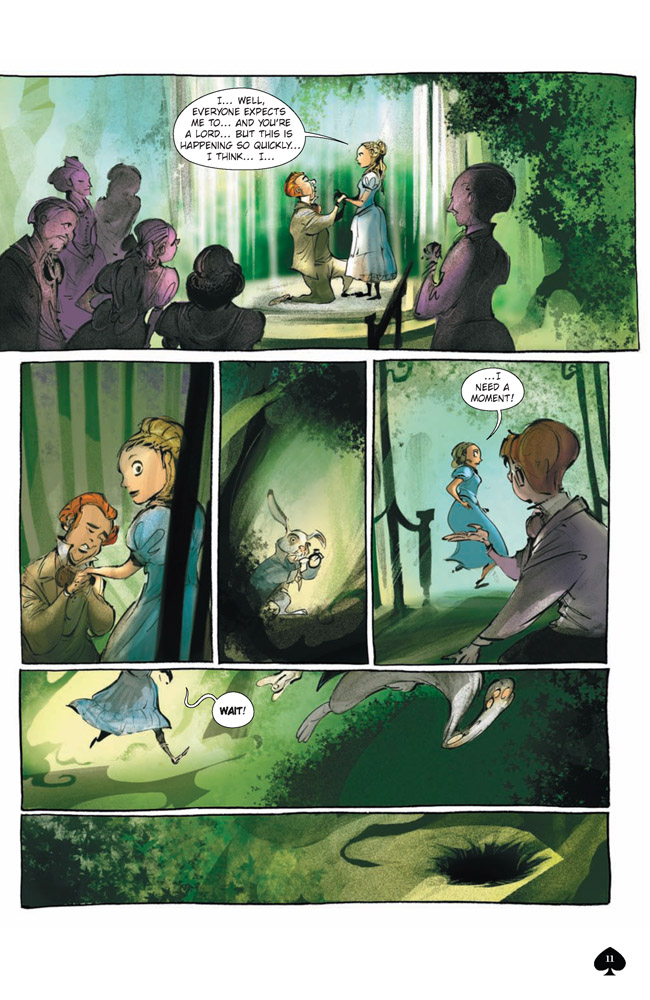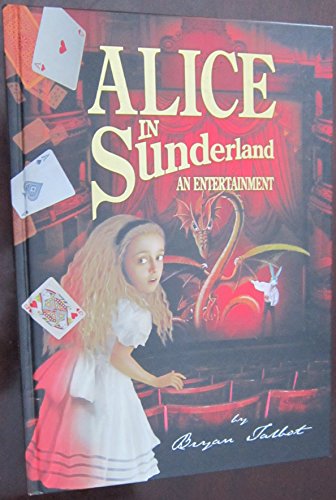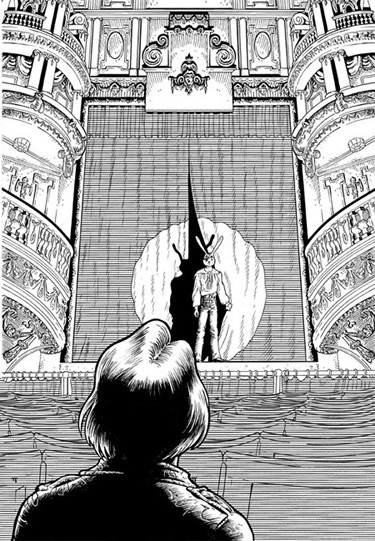


His attempts to illustrate the contemporary importance of Sunderland often fall flat.

While Alice in Sunderland represents a visual high point of Talbot's storied career, the author occasionally meanders, causing the reader's interest to waver.

The final project offers a beautifully unique graphic novel. The combined effect enables Talbot to jump from historical period to historical period and from scene to scene without losing his reader and/or having to explain the dramatic changes. To further enhance the telling, he employs a mixed-media approach, combining a variety of techniques like photographs, collage, paintings, and drawing in a wide range of visual styles. Related in a nonlinear style, Talbot uses a stream-of-consciousness method owing more to William S. Talbot spends a goodly portion of the book supporting this fact while leading the reader through various aspects of Sunderland, Great Britain, and the myth of Alice. Contrary to popular belief, Dodgson, better know as Lewis Carroll, conceived of his book Alice's Adventures in Wonderland in Sunderland rather than Oxford. Fields, Marlene Dietrich, and the Beatles all performed there as a backdrop and himself to recount the history of Sunderland and through it the major British events of the previous 3,000 years intertwined within the lives of Charles Lutwidge Dodgson, the author and mathematician. Talbot, as a multiple-identity narrator, uses the legendary Sunderland Empire theatre Laurel & Hardy, Charlie Chaplin, W.C. Talbot, a comic-book artist veteran of some 40 years, creates his most ambitious project to date. Dark Horse, 319 pp., $29.95 In this epic tale, writer/artist Bryan Talbot draws on centuries of European history and graphic storytelling to pen this complex, interlocking story of the Sunderland area of England, Lewis Carroll, and Alice, both fictional and real.


 0 kommentar(er)
0 kommentar(er)
